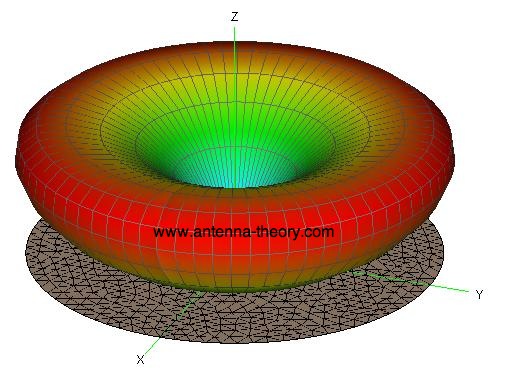I once glued in gravel to add nose weight to a rocket that was single use. I went with gravel instead of lead because I didn't want to throw lead in the trash or chisel it out of the nose cone after the flight. It was single use because, out of respect for all rockets, I decided to launch the cardboard tube with pressboard fins that I used when learning to do fillets and tip-to-tip. Added paper mache nose cone, recovery, and an ancient H someone sold me cheap. Rocket name was Pinata and it had a good flight with a safe recovery.
Another idea is the opposite end of the cost spectrum: tungsten weight. You can get tungsten fishing weight or pinewood derby car weights off Amazon. Tungsten is about 1.8 times the density of lead. This allows you to use less and get it further away from your antenna, hence blocking less signal.
Which tungsten form factor is better depends on how you want to use them:
The pinewood derby car weights are about 3/8" diameter cylinders of different heights. They glue well into the tips of small nose cones.
The fishing weights tend to be egg shaped with a hole in the middle like a heavy bead. The hole can be nice if you ever need to tie one inside of a rocket for last minute extra weight. Heavy fishing line or thin kevlar may be needed because the hole is narrow diameter. These weights can be larger than the pinewood weights.





